Photo Gallery for Microcrambus elegans - Elegant Grass-veneer Moth | 238 photos are available. Only the most recent 30 are shown.
|
 | Recorded by: R. Newman on 2023-10-07
Carteret Co.
Comment: | 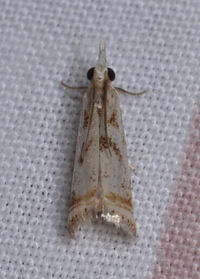 | Recorded by: Stephen Dunn on 2023-09-28
Orange Co.
Comment: |
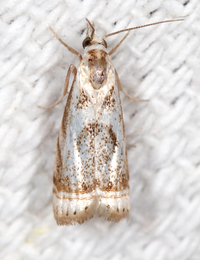 | Recorded by: Jim Petranka, Bo Sullivan and Becky Elkin on 2023-09-14
Macon Co.
Comment: | 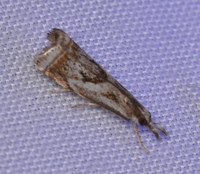 | Recorded by: David George, Stephen Dunn, Jeff Niznik on 2023-09-07
Chatham Co.
Comment: |
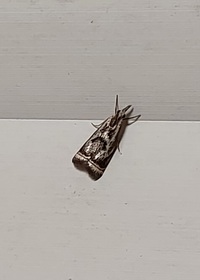 | Recorded by: Mark Basinger on 2023-09-07
Wilson Co.
Comment: | 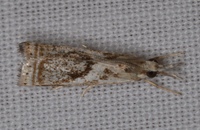 | Recorded by: Stephen Dunn on 2023-09-05
Orange Co.
Comment: |
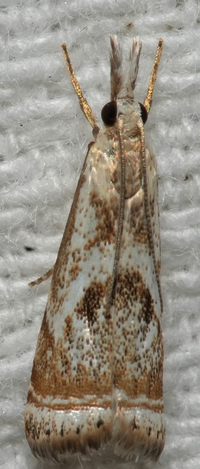 | Recorded by: Chuck Smith on 2023-09-04
Davidson Co.
Comment: |  | Recorded by: David George, Jeff Niznik on 2023-09-04
Orange Co.
Comment: |
 | Recorded by: Mark Basinger on 2023-08-26
Wilson Co.
Comment: |  | Recorded by: Mark Basinger on 2023-08-26
Wilson Co.
Comment: |
 | Recorded by: David George on 2023-08-25
Orange Co.
Comment: | 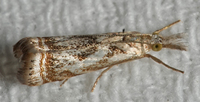 | Recorded by: Chuck Smith on 2023-08-24
Davidson Co.
Comment: |
 | Recorded by: David George, Stephen Dunn, Jeff Niznik on 2023-08-18
Caswell Co.
Comment: | 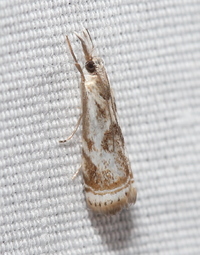 | Recorded by: David George on 2023-08-15
Orange Co.
Comment: |
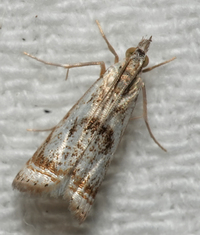 | Recorded by: Chuck Smith on 2023-08-12
Davidson Co.
Comment: | 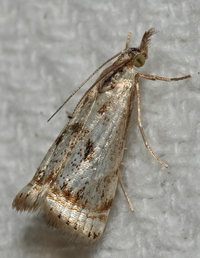 | Recorded by: Chuck Smith on 2023-08-09
Davidson Co.
Comment: |
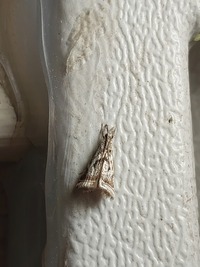 | Recorded by: Mark Basinger on 2023-08-09
Wilson Co.
Comment: | 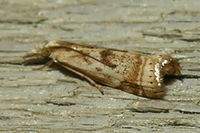 | Recorded by: Owen McConnell on 2023-08-06
Graham Co.
Comment: |
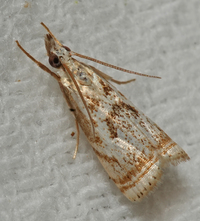 | Recorded by: Chuck Smith on 2023-08-05
Davidson Co.
Comment: | 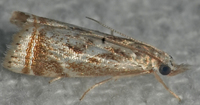 | Recorded by: Chuck Smith on 2023-08-04
Davidson Co.
Comment: |
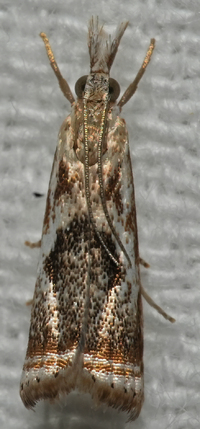 | Recorded by: Chuck Smith on 2023-08-01
Davidson Co.
Comment: | 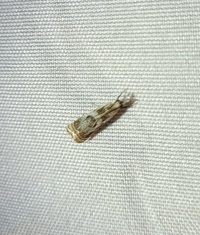 | Recorded by: Andrew W. Jones on 2023-08-01
Polk Co.
Comment: |
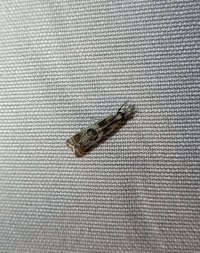 | Recorded by: Andrew W. Jones on 2023-08-01
Polk Co.
Comment: | 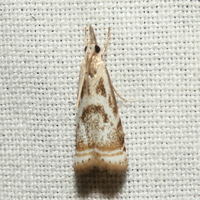 | Recorded by: David George, Stephen Dunn, Jeff Niznik on 2023-07-31
Macon Co.
Comment: |
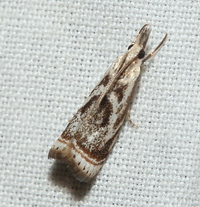 | Recorded by: David George, Stephen Dunn, Jeff Niznik, Rich Teper, Becky Watkins on 2023-07-29
Swain Co.
Comment: |  | Recorded by: Chuck Smith on 2023-07-27
Davidson Co.
Comment: |
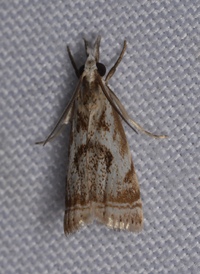 | Recorded by: Stephen Dunn, Jeff Niznik on 2023-07-26
Chatham Co.
Comment: | 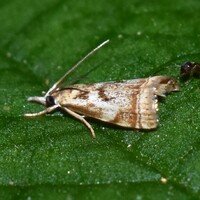 | Recorded by: Stephen Dunn, Jeff Niznik on 2023-07-26
Chatham Co.
Comment: |
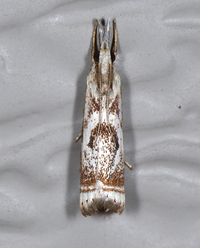 | Recorded by: Jim Petranka on 2023-07-25
Madison Co.
Comment: | 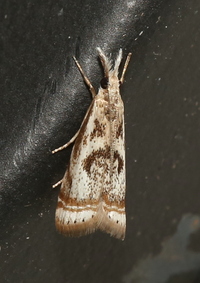 | Recorded by: David George on 2023-07-24
Durham Co.
Comment: |
|